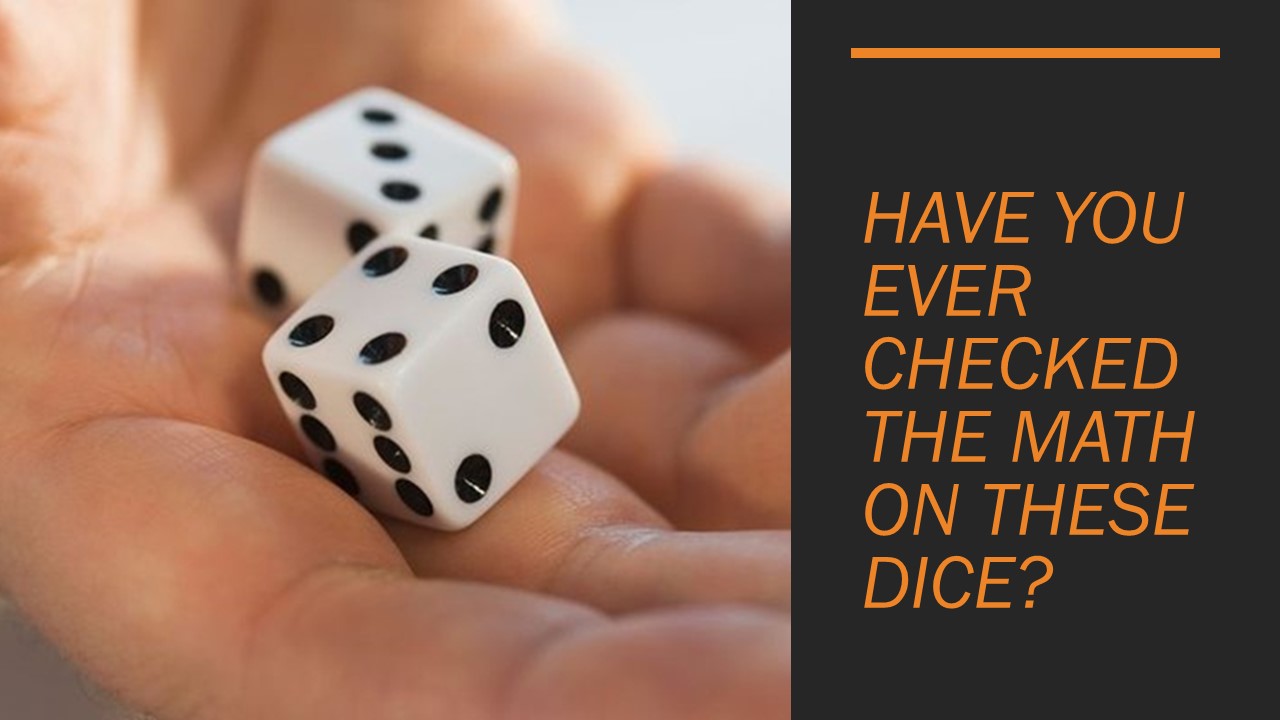How about Ludo…
oh! oh! don’t take your Ludo game in your gadgets… let’s search for the ludo board and tokens at home.
Have you noticed the dice on these board games? The rolls of a six-sided dice control the swiftness of the tokens.
Look closer to the dice in your hand. Common dice are small cubes 1-2 cm along an edge, whose faces are numbered from one to six, usually by patterns of round dots called “pips”.

Lets check it !!!
What are the sum of the pips on opposite sides of a six-sided die?
Check the dice and you’ll find that 6 is opposite of 1. The 5 opposite of 2. The 4 opposite of 3. All of them add up to 7. Opposite sides of a die traditionally add up to seven, implying that the 1, 2 and 3 faces share a vertex; these faces may be placed clockwise or counterclockwise about this vertex. If the 1, 2 and 3 faces run counterclockwise, the die is called "right-handed", and if those faces run clockwise, the die is called "left-handed". Western dice are normally right-handed, and Chinese dice are normally left-handed.
Invite your friend’s home to play the ludo game to share the math you just discovered. Have fun!!!!